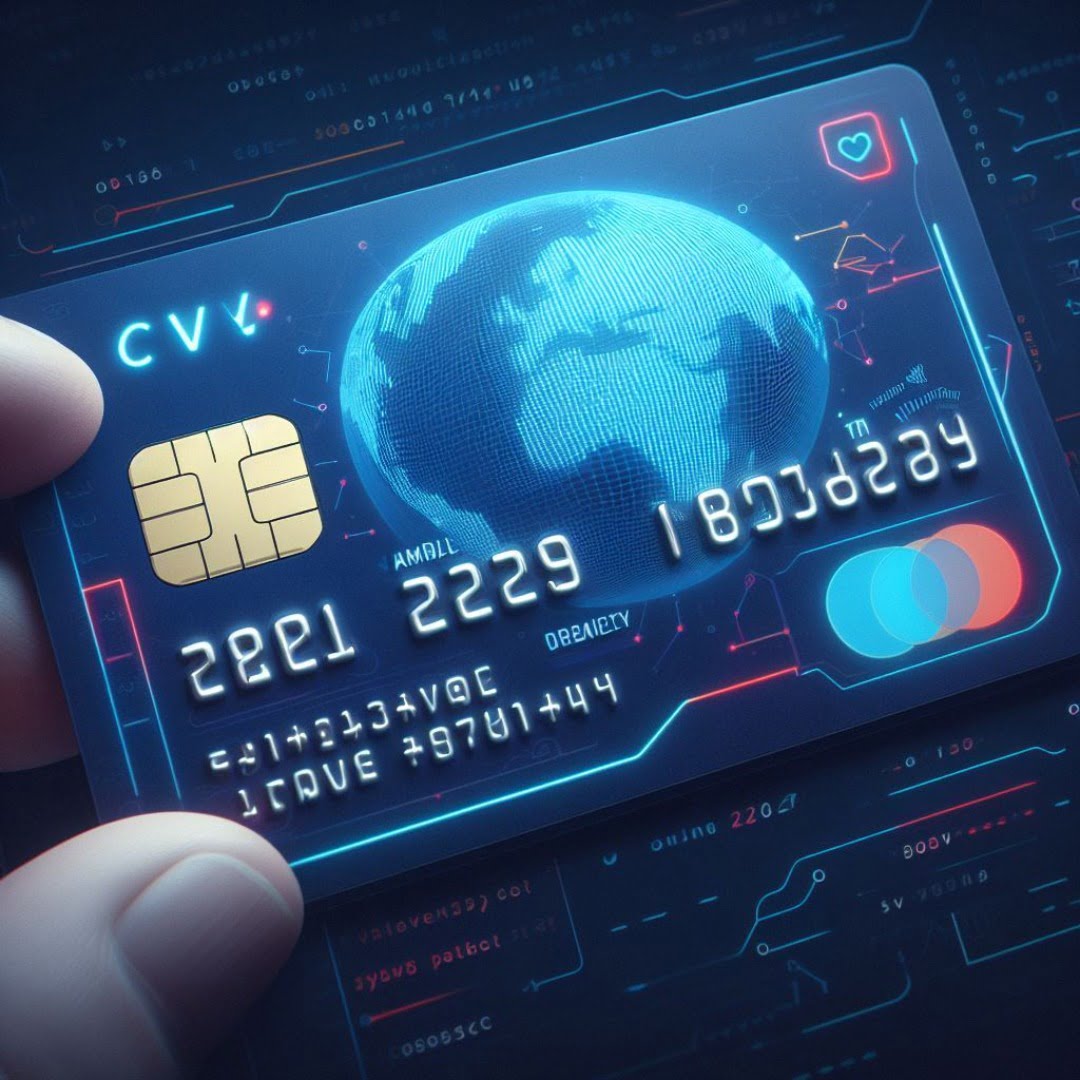In the vast realm of credit cards and online transactions, the term “CVV” holds a pivotal role in ensuring the security of financial dealings. As we traverse through the digital landscape of commerce, understanding what CVV stands for and its implications becomes increasingly important.
What Does CVV Stands For?
CVV, or Card Verification Value, is a critical element in credit card transactions. This unique code, typically comprising three or four digits, serves as a fortification against unauthorized access and fraudulent activities. It acts as a verification checkpoint, ensuring that the person conducting the transaction physically possesses the credit card.
The Anatomy of a CVV Code
Breaking down the CVV code reveals a structured sequence of digits with specific functions. Whether it’s the three digits on the back of your card or the four digits on the front for American Express, each digit plays a distinct role in validating the transaction’s legitimacy.
Why CVV Matters
The significance of CVV extends beyond a mere security code. Its role is crucial in enhancing the overall security of online transactions, providing an additional layer of defense against potential breaches and ensuring that the cardholder is indeed the one making the purchase.
How to Locate Your CVV
Different card types have distinct locations for the CVV code. While most cards place it on the back, there are exceptions, and knowing where to find it is key. Alongside this, tips on keeping your CVV safe from prying eyes add an extra layer of protection.
CVV vs. PIN: Decoding the Difference
CVV and PIN are both security measures, but they serve different purposes. Delving into their distinctions helps users understand when and where each is essential, ultimately contributing to a more informed approach to security.
CVV Trends and Innovations
In the dynamic landscape of security, CVV is not static. Innovations such as biometrics are making their way into payment systems, reshaping the future of how we safeguard our financial information.
Common Misconceptions About CVV
Dispelling myths surrounding CVV is crucial for fostering a better understanding of its role. Addressing concerns about the safety of CVV helps users distinguish between genuine security measures and baseless fears.
Steps to Protect Your CVV
Ensuring the safety of your CVV involves adopting best practices. From secure storage to cautious sharing, understanding how to protect your CVV is fundamental to maintaining financial security.
CVV and E-commerce
In the realm of online shopping, CVV plays a vital role. Its presence or absence can impact consumer trust and confidence, making it a crucial component of the e-commerce experience.
CVV and Fraud Prevention
Real-life instances of CVV preventing fraud highlight its efficacy. Examining how CVV contributes to a secure financial ecosystem provides insights into its real-world impact.
Regulatory Aspects of CVV
Compliance and legal requirements surrounding CVV are essential aspects of its implementation. Authorities globally are actively involved in ensuring that CVV measures are in line with the latest security standards.
The Future of CVV
As technology advances, so does the landscape of payment security. Exploring emerging technologies offers a glimpse into the future of CVV and how it might evolve to meet the demands of an ever-changing digital environment.
CVV in a Global Context
While CVV is a universal security measure, its implementation can vary globally. Understanding these variances and international efforts to standardize CVV practices provides a comprehensive view of its global significance.
Conclusion
In summary, CVV stands as a stalwart guardian in the realm of credit card security. Its evolution, from a simple verification code to a multifaceted security measure, underscores its importance in the dynamic landscape of finance.
FAQs
1. Is CVV the same for all credit cards?
- No, the format and location of the CVV can vary among different credit card issuers.
2. Can someone make online purchases without the CVV?
- While some transactions may not require CVV, its absence can affect the level of security and trust.
3. What should I do if my CVV is compromised?
- Contact your card issuer immediately to report the issue and request a new card.
4. Does sharing my CVV with trusted entities pose a risk?
- While trusted entities may ask for CVV for verification, exercise caution and ensure their legitimacy.
5. How often does the CVV code change?
- The CVV typically remains constant, but in cases of suspected compromise, card issuers may issue a new CVV.

